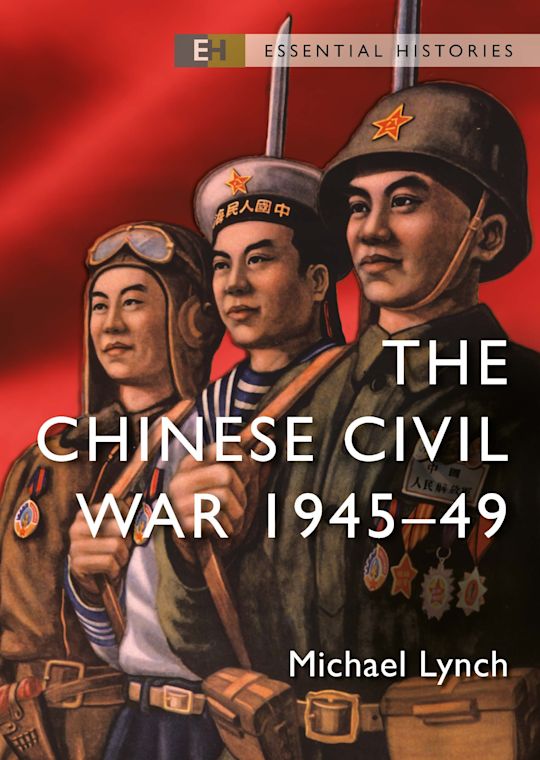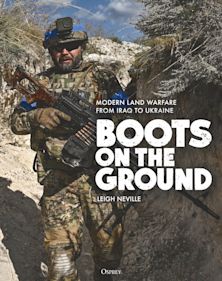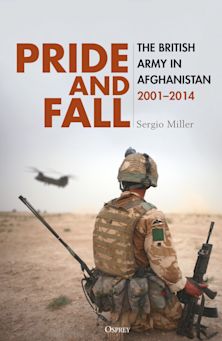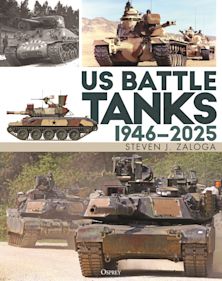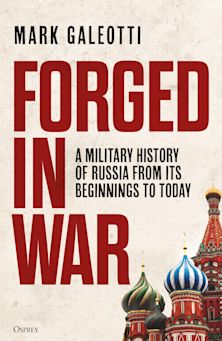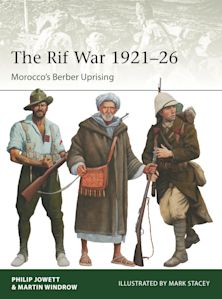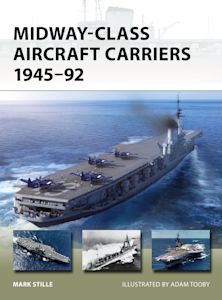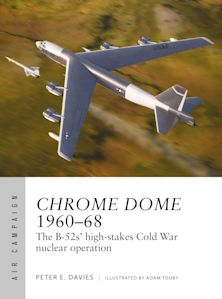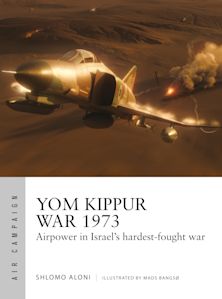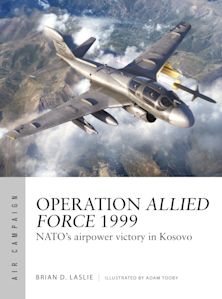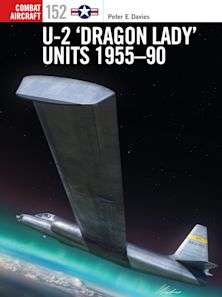- Home
- OSPREY PUBLISHING
- Period
- Modern Warfare
- The Chinese Civil War
You must sign in to add this item to your wishlist. Please sign in or create an account
Description
In this fully illustrated introduction, Dr Michael Lynch provides a concise overview of the Chinese Civil War, a defining conflict in world history.
Between the end of World War II and the dawn of the Cold War, one of the most important conflicts in modern history reached its climax. In this illustrated history, bestselling historian Dr Michael Lynch examines how the long struggle between Chiang Kai-shek's Nationalists and Mao Zedong's Communists exploded into an intense, brutal and ruthlessly fought civil war. Delving into the political background and complex ramifications of the conflict, he assesses Mao and Chiang's millions-strong armies, their strategies and commanders, and the critical campaigns that won and lost China. By 1949 the Nationalist government was defeated and in exile in Taiwan, and the new People's Republic of China was ready to emerge as a major Cold War power.
Updated and revised for the new edition, with full-colour maps and new images throughout, this is a concise study of one of the bloodiest conflicts of the 20th century and its significant repercussions, the issues around which remain unresolved today.
Table of Contents
Warring Sides
The Fighting
The Great Protagonists
The World Around War
Why the War Was Won and Lost
Conclusion and Consequences
Appendix & Chronology
Further Reading
Index
Product details
| Published | Sep 15 2022 |
|---|---|
| Format | Ebook (PDF) |
| Edition | 1st |
| Extent | 144 |
| ISBN | 9781472853127 |
| Imprint | Osprey Publishing |
| Illustrations | Fully illustrated in colour and black and white |
| Series | Essential Histories |
| Short code | ESS |
| Publisher | Bloomsbury Publishing |
About the contributors
Reviews
-
what handy little primers they can be in understanding the broader political, economic, social and military backgrounds to a conflict.
Chris Jarvis, Miniature Wargames
-
There is an unlikely photo of Mao Zedong and Chiang Kai-Shek toasting each other at banquet in 1946. Chiang was on a roll. With Communist collaboration the Japanese were defeated, Chiang's Nationalist Revolutionary Army controlled most of China and was on good terms with the US. Three years later Mao announced the new Republic of China from Beijing and Chiang had fled to Taiwan. What went wrong? On resumption of the civil war, after initial set-backs, Mao switched his attacks to Manchuria where the NRA occupied former Japanese held Manchuguo and captured Harbin; his PLA generals transformed it into a modern army from its guerrilla roots. In Chiang's “strongpoint offensive” of 1947 against PLA bases, Mao's Yanan soviet was captured though Mao escaped after forewarning by a NRA commander. Counterattacks against overstretched NRA armies led to Communist Liaoshen autumn 1948 campaign capturing railway junctions of Jinzhou, Changchun and Shenyang, and the winter campaign north of the Huaihai River against Xuzhou threatening the Nationalist Goumindang government capital Nanjing. A simultaneous winter push netted Tianjin and prestigious Beijing, it falling in January 1949. Other besieged cities in the Nationalist southern heartlands fell, Nangking, Shanghai, Xian, and after the symbolic Yanzi crossing, Guangzhou, Chongching. Tibet and Xinjiang were occupied. This book is a revised version of Osprey ESS 61, 2010. Though the main battles are here, there is a substantial socio-political element, necessary to explain the complex twists and turns of this bloody civil war, which still encroaches on events today. Thanks to Osprey for the sample. John Ham, August 2022.
John Ham, Tankette

Resources
Book Vote
Tell us what titles you would like to see published by Osprey, then vote for your favourites in our monthly book vote!

